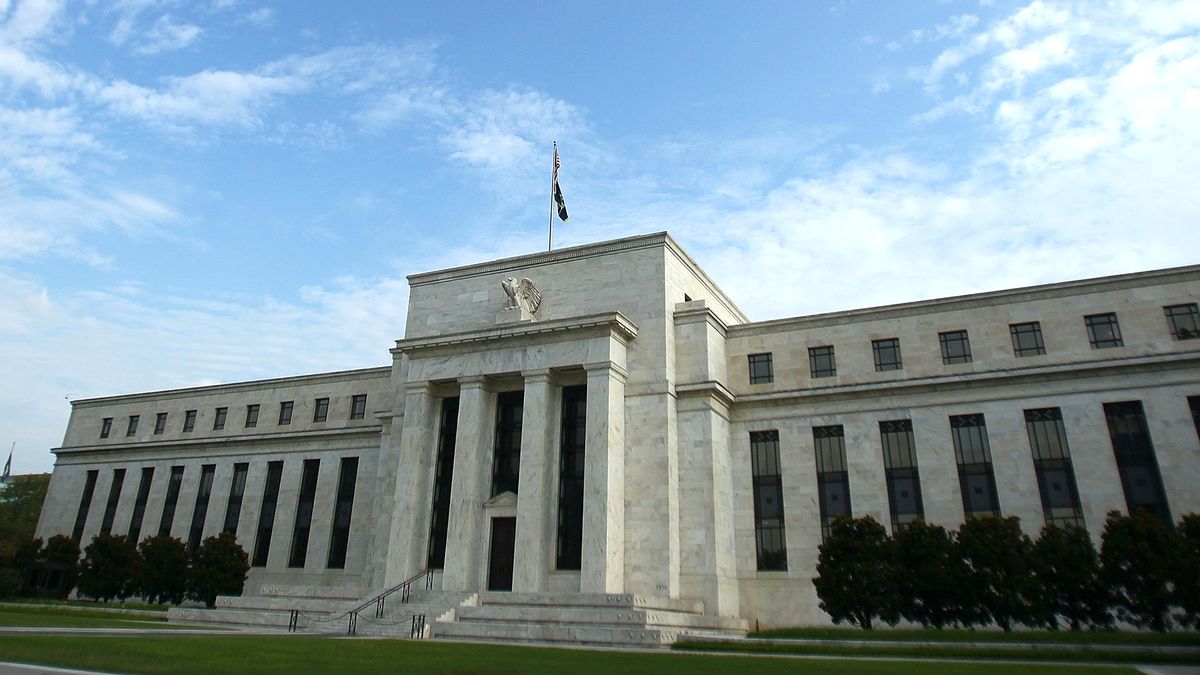So far this year, the FED has ordered six rate hikes: one of 25 percentage points in March, one of 50 pp. in May, and four consecutive 75 pp. in June, July, September and November.
This brought rates from a range of 0.25% to 0.50%; to one from 3.75% to 4%.
Even there is a monetary meeting left this year which will take place next Tuesday and Wednesday: in the same, the market discounts a new rise of the rates, although more moderatehalf a percentage point.
Facing the 2023, a group of economists consulted by the Bloomberg agency and projections of the Federal Open Market Committee of the FED (FOMC) confirm that the entity will increase the rate by half a percentage pointand estimate two other increases of 25 points at the meetings at the end of January and March.
The FOMC now forecasts that the rate will reach an average peak of 4.9% in 2023a range higher than 4.6% that the committee itself expected last September, and Despite the market’s expectation that the FED will begin to cut rates next year, it is now expected that the agency will reduce them to 4% until June 2024and, by the end of that year, to 3.5%.
Thus, the Fed assumes a more combative stance to inflationwithout fear that this will cause a slowdown in the economy by reducing working capital.
In fact, less than half of economists polled by Bloomberg expect rate cutsand those who do expect them consider that it will only happen if the country falls into a recession or the unemployment rate rebounds from the current 3.7% to a range of 5%.
The Fed’s effort to bring inflation to its 2% target appears to be paying off although, still, at a slow pace given that monetary policy usually has a delay in reaching the real economy: after reaching a peak of 9.1% per year last June, Inflation began to drop reaching 7.7% in the last index in October.
The entity’s expectation is that the same average 2.9% next year.
The Fed’s position is that the cause of inflation is due to an overheated economywhere there is more demand that offer both in the market of goods and services and in the labor market.
but so much consumption and the labor market remain solidwith the latter still showing historically low unemployment numbers.
“The resilience of consumer spending and the labor market place greater pressure on inflation and that is why there are upward risks to our forecast of a rate range of between 5% and 5.25% for next year. “, analyzed Kathy Bostjancicchief economist at Nationwide Life Insurance.
The president of the Fed, Jerome Powell, repeatedly argued that high rates will be needed for longer than anticipated in order to deal with price pressures.
An example cited by Powell is that of Paul VockerFed chairman from 1979 to 1987, who despite being credited with ending years of high inflation in the United States, failed on his first attempt in the early 1980s by lowering rates too soon, forcing entity to generate a much deeper recession later.
Economists fear that the Fed will end up exaggerating with its measures: the 81% believe a recession is possible and the rest project that there will be a stagnationwhile a 76% also think there will be a global recession.
Source: Ambito
David William is a talented author who has made a name for himself in the world of writing. He is a professional author who writes on a wide range of topics, from general interest to opinion news. David is currently working as a writer at 24 hours worlds where he brings his unique perspective and in-depth research to his articles, making them both informative and engaging.




